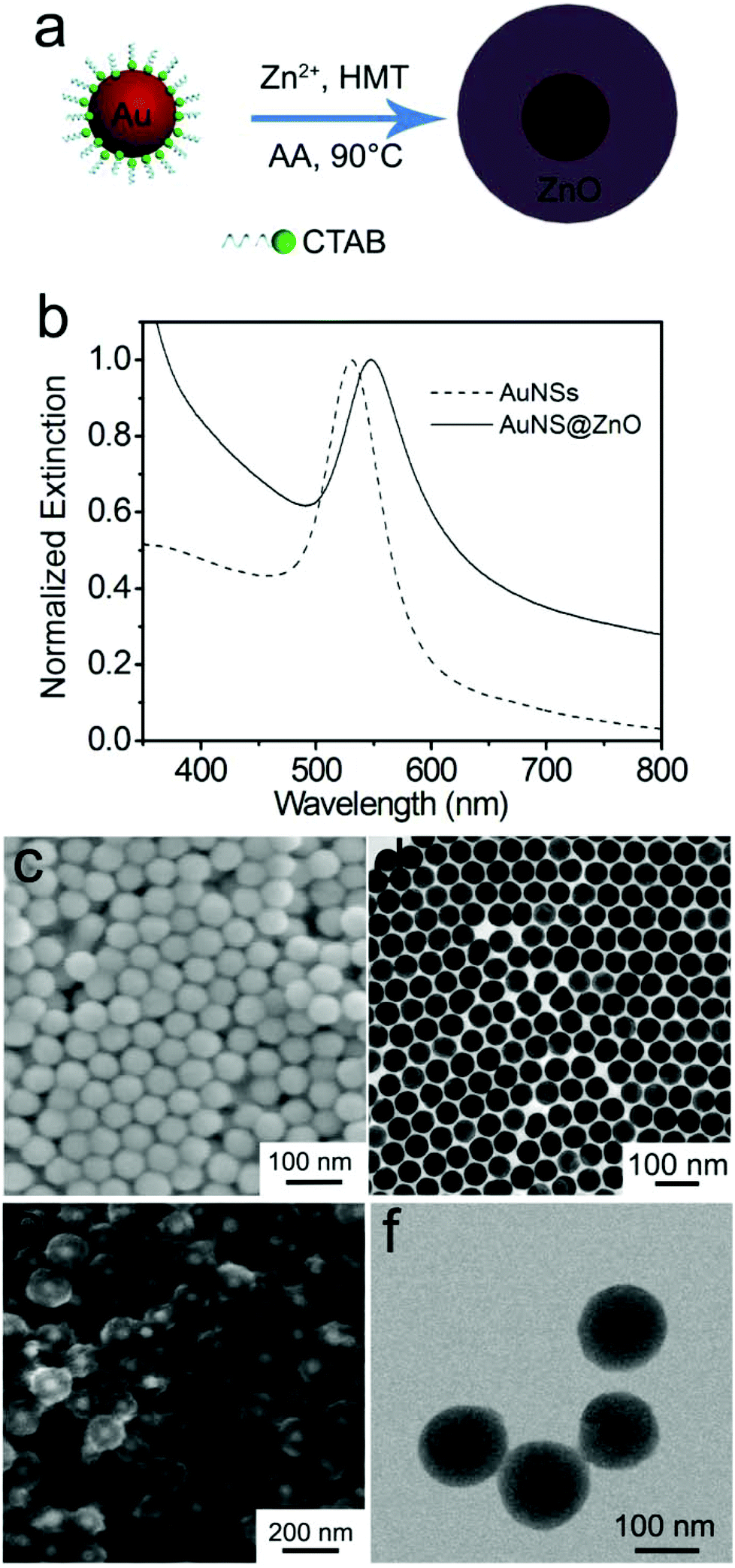
Macaskie Source: RSC advances 2017 v.7 no.35 pp. Barrie Johnson Jaime Gomez-Bolivar Mohamed L. Murray Jimmy Roussel John Rolley Frankie Woodhall Iryna P. To this end, we encapsulated CdSe/ZnS QDs coupled with iron oxide nanoparticles in phospholipid micelles rangin. To circumvent this limitation, the surface of QDs must be modified to increase their water solubility and biocompatibility. Quantum dots (QDs)-especially those containing cadmium-are toxic to human cells, and therefore cannot be used directly for diagnosis and treatment of human disease. 2392-2402 ISSN: 2046-2069 Subject: Fourier transform infrared spectroscopy biocompatibility blood plasma cadmium chloroform circular dichroism spectroscopy confocal microscopy conjugated proteins cytotoxicity equations human cell lines human diseases human serum albumin humans hydrogen bonding hydrophobicity image analysis micelles nanoparticles phospholipids quantum dots temperature thermodynamics water solubility wavelengths zinc sulfide Abstract. DOI: 10.1016/j.phymed.2017.03.006Īuthor: Shanmugavel Chinnathambi Norhidayah Abu Nobutaka Hanagata Source: RSC advances 2017 v.7 no.5 pp. However, it has been shown that the mechanism of action of Russian propolis ethanol. Most studies reveal that the mechanism of action of propolis against bacteria is functional rather than structural and is attributed to a synergism between the compounds in the extracts.Propolis is said to inhibit bacterial adherence, division, inhibition of water-insoluble glucan formation, and protein synthesis. 50-58 ISSN: 0944-7113 Subject: Escherichia coli Staphylococcus aureus antibacterial properties bacteria bacterial adhesion biofilm cell membrane structures ethanol glucans mechanism of action metals mice osteoblasts propolis protein synthesis staining synergism toxicity toxicity testing viability washing wavelengths Abstract. DOI: 10.1007/s1111-xĪuthor: Ashwin Ambi Julia Bryan Katherine Borbon Daniel Centeno Tianchi Liu Tung Po Chen Thomas Cattabiani Christian Traba Source: Phytomedicine 2017 v.30 pp. The use of spectral crop sensors in wheat phenotyping has raised the question of whether this objective methodology is suitable for detecting str. This approach requires scoring of disease severity and response type, either on flag leaves or on a whole plot basis. Phenotyping of wheat stripe rust in genetic studies has traditionally relied on quantifying disease by means of the modified Cobb Scale. 411-428 ISSN: 1385-2256 Subject: Puccinia striiformis Triticum aestivum chromosome mapping disease resistance disease severity field experimentation leaves loci mature plants models normalized difference vegetation index parents phenotype quantitative trait loci reflectance remote sensing stripe rust wavelengths wheat South Africa Abstract. Kloppers Source: Precision agriculture 2017 v.18 no.4 pp. Herein, magnetic targeting and highly effective NPs.

Though the “enhanced permeability and retention” (EPR) effect is a widely used tumor targeting method, magnetic targeting strategy is more promising considering the issue of high targeting efficiency and reducing concentration-dependent toxicity. Efficient targeting is a major challenge in practical photodynamic therapy (PDT). 11451-11460 ISSN: 1944-8252 Subject: chemical elements chlorins coumarin emissions encapsulation hydrophobicity image analysis in vivo studies iron oxides irradiation magnetic fields magnetic resonance imaging monitoring nanoparticles permeability photochemotherapy photosensitizing agents silane toxicity wavelengths Abstract. DOI: 10.1016/j.jphotobiol.2016.12.001Īuthor: Sun Xueke Dong Biao Xu Hongwei Xu Shihan Zhang Xinran Lin Yanxia Xu Lin Bai Xue Zhang Shuang Song Hongwei Source: ACS Applied Materials & Interfaces 2017 v.9 no.13 pp. However, there is insufficient evidence to show that BL kills MRSA inside biofilm and the mechanisms underlying the antibacterial effects remain unclear. A growing number of researches demonstrate that light with a wavelength between 400 and 500nm, namely blue light (BL), has exhibited antibacterial effects on methicillin-resistant Staphylococcus aureus (MRSA) and other microbes. 311-322 ISSN: 1011-1344 Subject: sequence analysis methicillin-resistant Staphylococcus aureus dose response plankton biofilm antibiotic resistance tissue repair therapeutics bacteriophages mice blue light animal models genes wavelengths irradiation gene expression regulation methicillin antibacterial properties Abstract. Author: Penggao Yang Ning Wang Chuan Wang Yufeng Yao Xiujun Fu Weirong Yu Raymond Cai Min Yao Source: Journal of photochemistry and photobiology 2017 v.166 pp.


 0 kommentar(er)
0 kommentar(er)
